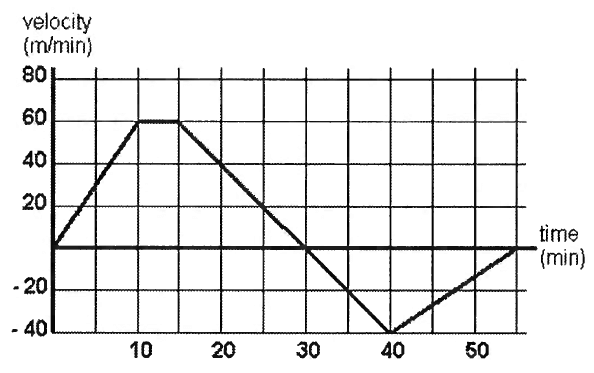PROVE THAT PROBLEMS INVOLVING CARTESIAN PRODUCT
If A and B are two non-empty sets, then the set of all ordered pairs (a, b) such that a ∈ A, b ∈ B is called the Cartesian Product of A and B, and is denoted by A x B .
Thus, A x B = { (a,b) |a ∈ A,b ∈ B }
Question 1 :
If A = {5, 6} , B = {4, 5, 6} , C = {5, 6, 7} , Show that A × A = (B × B) n (C × C) .
Solution :
A = {5, 6} , B = {4, 5, 6} , C = {5, 6, 7}
L.H.S
A = {5, 6} and A = {5, 6}
A x A = {(5, 5) (5, 6) (6, 5) (6, 6) ----(1)
R.H.S
B = {4, 5, 6} and B = {4, 5, 6}
B × B
= {(4, 4) (4, 5) (4, 6)(5, 4) (5, 5) (5, 6)(6, 4) (6, 5) (6, 6)}
C = {5, 6, 7} and C = {5, 6, 7}
C × C
= {(5, 5)(5, 6)(5, 7)(6, 5)(6, 6)(6, 7)(7, 5)(7, 6)(7, 7)}
(B × B) n (C × C) = {(5, 5)(5, 6)(6, 5)(6, 6)} -----(2)
(1) = (2)
L.H.S = R.H.S
Question 2 :
Given A = {1, 2, 3}, B = {2, 3, 5}, C = {3, 4} and D = {1, 3, 5}, check if (A n C) × (B n D) = (A × B)n(C × D) is true?
Solution :
In order to check if the given statement is true, let us find values of L.H.S and R.H.S
A = {1, 2, 3}, B = {2, 3, 5}, C = {3, 4} and D = {1, 3, 5}
A n C means common elements of sets A and C.
A n C = {3}
B n D means common elements of sets B and D.
B n D = {3, 5}
L. H.S
(A n C) × (B n D) = { (3, 3)(3, 5) } -----(1)
(A × B)
A = {1, 2, 3}, B = {2, 3, 5}
A x B= {(1, 2)(1, 3)(1, 5)(2, 2)(2, 3)(2, 5) (3, 2)(3, 3)(3, 5)}
(C × D)
C = {3, 4} and D = {1, 3, 5}
C x D= {(3, 1)(3, 3)(3, 5)(4, 1)(4, 3)(4, 5)}
R.H.S
(A × B)n(C ×D) = {(3, 3)(3,5)} ------(2)
(1) = (2)
Hence the given statement is true.
Kindly mail your feedback to v4formath@gmail.com
We always appreciate your feedback.
©All rights reserved. onlinemath4all.com
Recent Articles
-
Digital SAT Math Problems and Solutions (Part - 150)
Apr 25, 25 11:46 AM
Digital SAT Math Problems and Solutions (Part - 150) -
AP Calculus AB Problems with Solutions (Part - 19)
Apr 24, 25 11:10 PM
AP Calculus AB Problems with Solutions (Part - 19) -
AP Calculus AB Problems with Solutions (Part - 18)
Apr 24, 25 11:06 PM
AP Calculus AB Problems with Solutions (Part - 18)
